Southwest Michigan field crops update – Sept. 2, 2021
Corn is nearing the finish line, reaching physiological maturity in the next two weeks for most fields. Soybeans continue to advance rapidly with the high number of growing degree days. Wheat growers should be preparing for planting in the next month.

Weather
Temperatures were 5-8 degrees above normal this past week…again. That makes three weeks in a row, which is called a turkey. That puts our region a solid two weeks ahead of normal in heat units. Though we have had a few hot days, most of those additional heat units have come with the unusually high nighttime temperatures during grain fill. This can cause a yield drag as photorespiration overnight will use up the sugars that were just produced through photosynthesis at a higher rate at warmer temperatures. The situation will change with the cooler weather this week and the cooler-than-normal temperatures predicted over the next one to one and a half weeks.
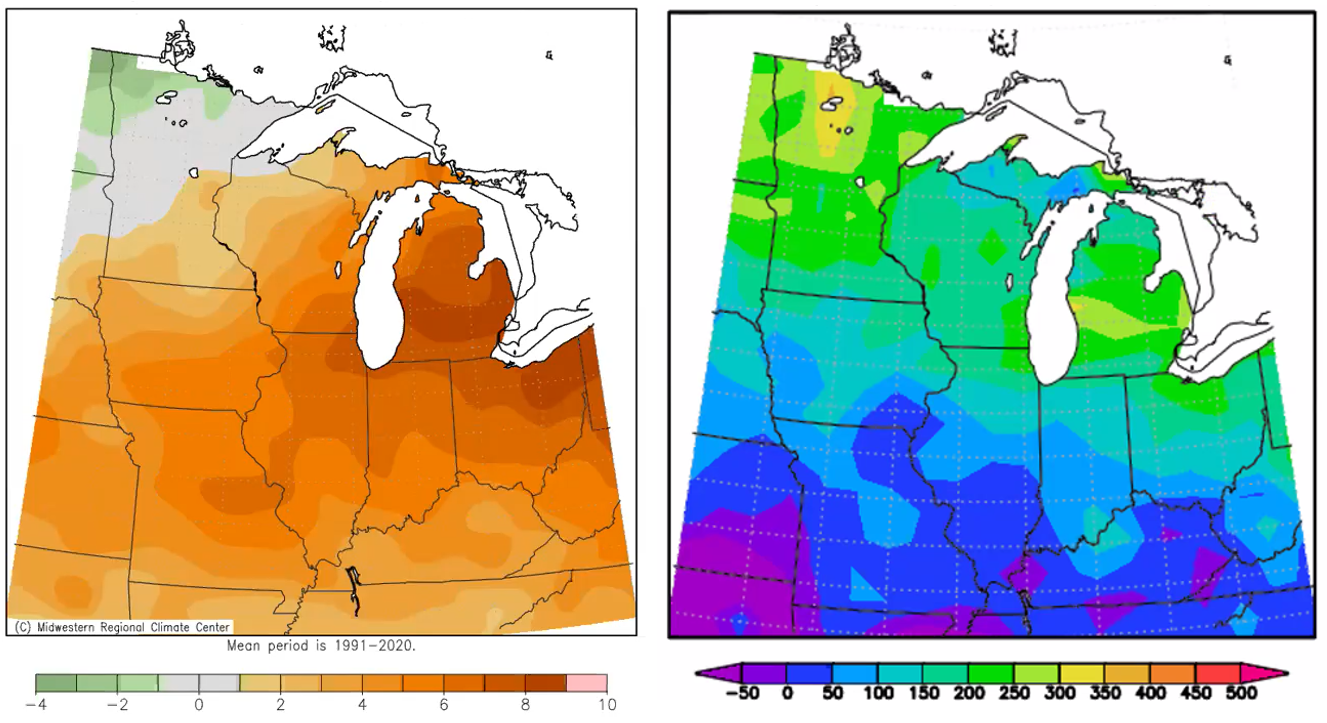
Precipitation this past week was less than an inch for all but a few isolated spots in the region, and some areas along the lake did not receive any rainfall. Overall this summer, however, we have received as much as 1.5 to two times the amount of rain that normally falls during June through August. Though it has generally given us protection against dry soils (at least after mid-June), too often it has come in a short period of time during high rainfall events causing issues with flooding, potential nutrient loss, and increased disease. The rain forecast for the coming week is for less than half an inch for our region with chances on Saturday into Sunday and then almost daily chances for isolated pop-ups beginning Tuesday. We will remain drier than normal for the next six to 10 days and possibly further into the middle of September.

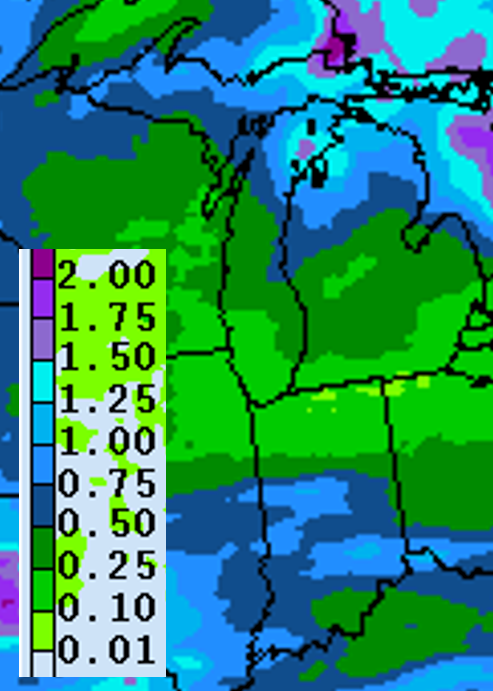
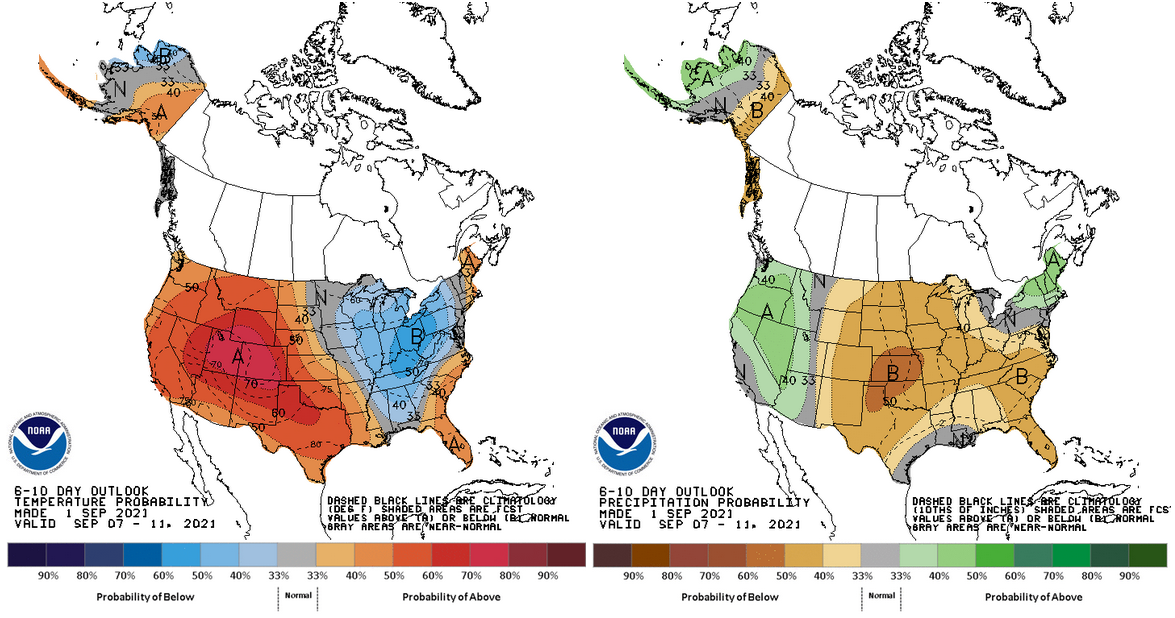
Crops and pests
Corn in the region is in the dent stage (R5) generally between one-fourth and three-fourth milk line. Fields at that stage are one to two weeks away from black layer. With even the earliest historic freeze events not coming until late September, we should safely reach black layer in even later-planted fields before a killing frost. The corn crop will require an additional inch of water this coming week, and as mentioned last week, soils in many fields will likely have that much water stored to finish out the crop.
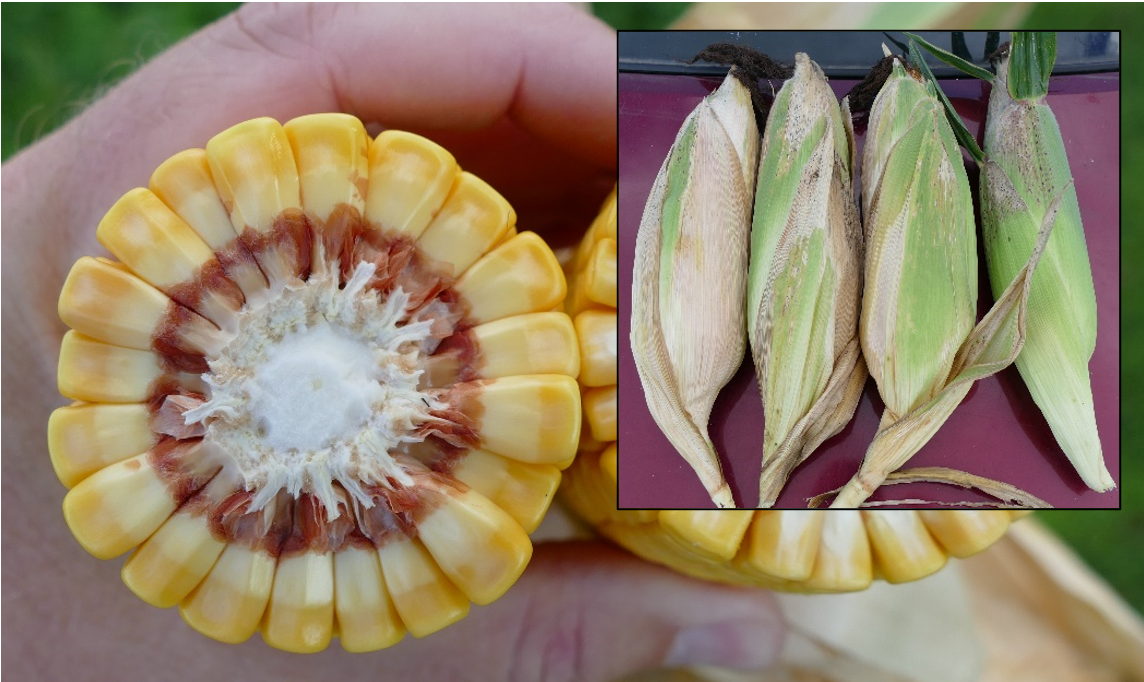
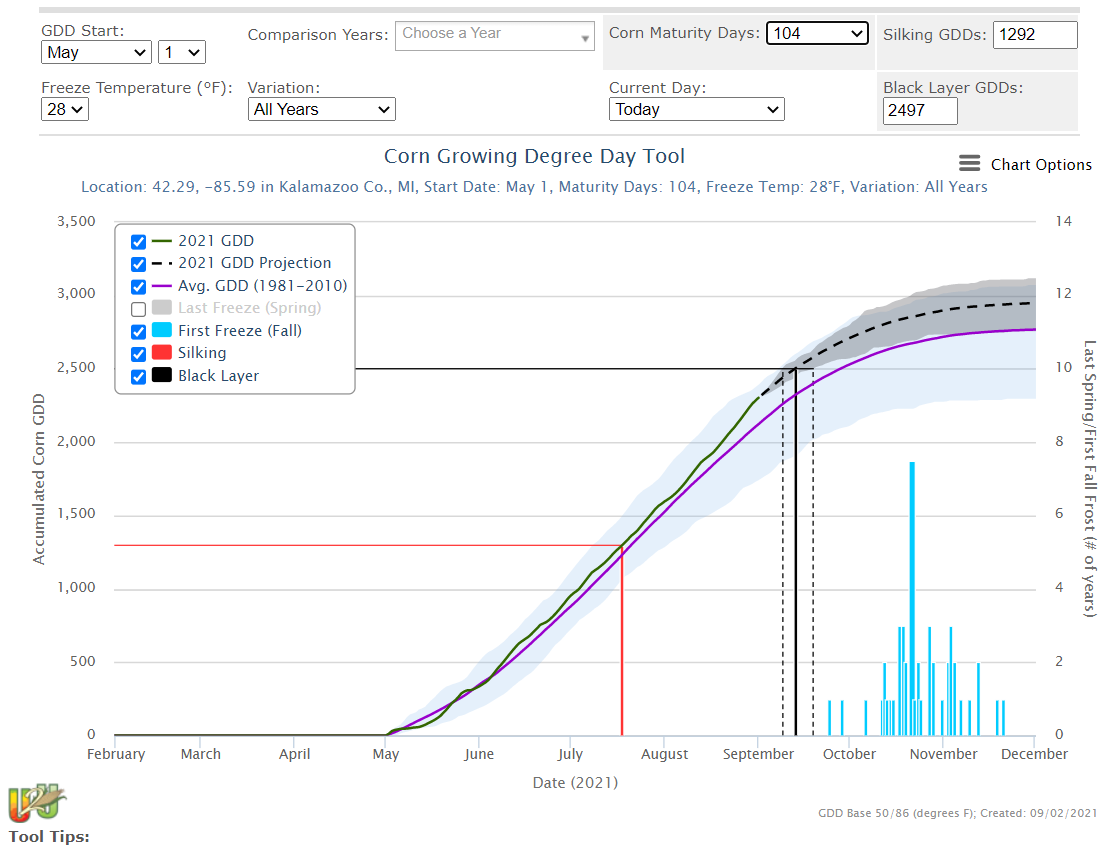
Soybean continues to advance toward beginning maturity (R7, one normal pod on the main stem has reached its mature pod color). More sudden death syndrome (SDS) is showing up in fields although yields should not be impacted significantly at this late stage. Fields range from fully green to nearly half yellow. Soybean at this stage will require roughly 1.0–1.2 inches this coming week, and with a longer period for maturation in soybean than in corn, it is likely that more rain or irrigation will be needed with the predicted dry weather to finish the crop.
During the MSU Extension Field Crops Virtual Breakfast this week, MSU Extension wheat specialist Dennis Pennington discussed wheat planting considerations as we are just a few weeks away from the optimal planting time in our region. Pennington addressed several key planting considerations including variety selection, planting date, seeding rate and depth, equipment calibration, and fall fertility among others. If you were not able to join, visit the Virtual Breakfast website and check out the recording.
Fall armyworm showed up in numbers not seen for 30 years in the Great Lakes region, including Michigan, this past week according to MSU Extension field crops entomologist Chris DiFonzo. The larvae have been feeding on mostly forage crops (alfalfa, alfalfa-grass mixes, teff, etc.), oftentimes completely stripping plants of foliage. Both DiFonzo and MSU Extension forage specialist Kim Cassida say that once you begin to see feeding damage, it is too late to treat as late-stage larvae are difficult to kill and most of the damage will have already been done. At that point an insecticide application will only be revenge killing. If you catch a field that is being eaten but the crop is still salvageable, an early harvest is the best approach. Be sure to dry and bale the hay as quickly as possible as the larvae will continue to feed on the cut foliage in the windrows until it dries out. Cassida says baleage may be a good option in those situations where timely baling of dry hay is not possible to avoid further loss.
Both DiFonzo and Cassida addressed this unusual infestation during the Q&A session of this week’s Virtual Breakfast—fast forward to the last few minutes to hear their comments and see slides from DiFonzo highlighting management options.
Irrigation
Join us for the final MSU Irrigation Webinar on Sept. 15. Topics will include maximizing irrigation energy efficiency, water use registration and reporting and Michigan site specific review options and the alternatives for registration. Cost is free. Register online to receive the link which will be used for all episodes.



 Print
Print Email
Email




